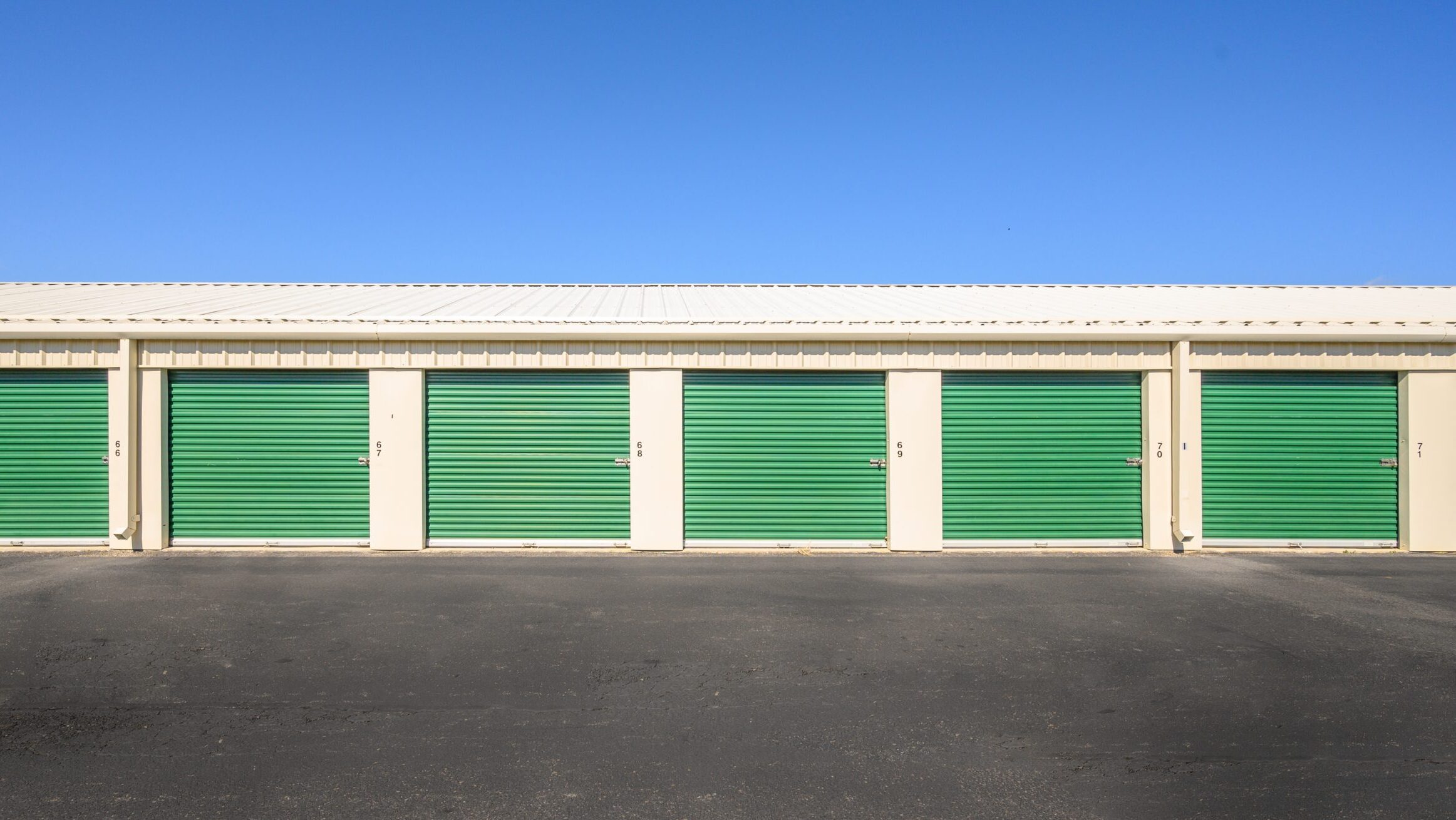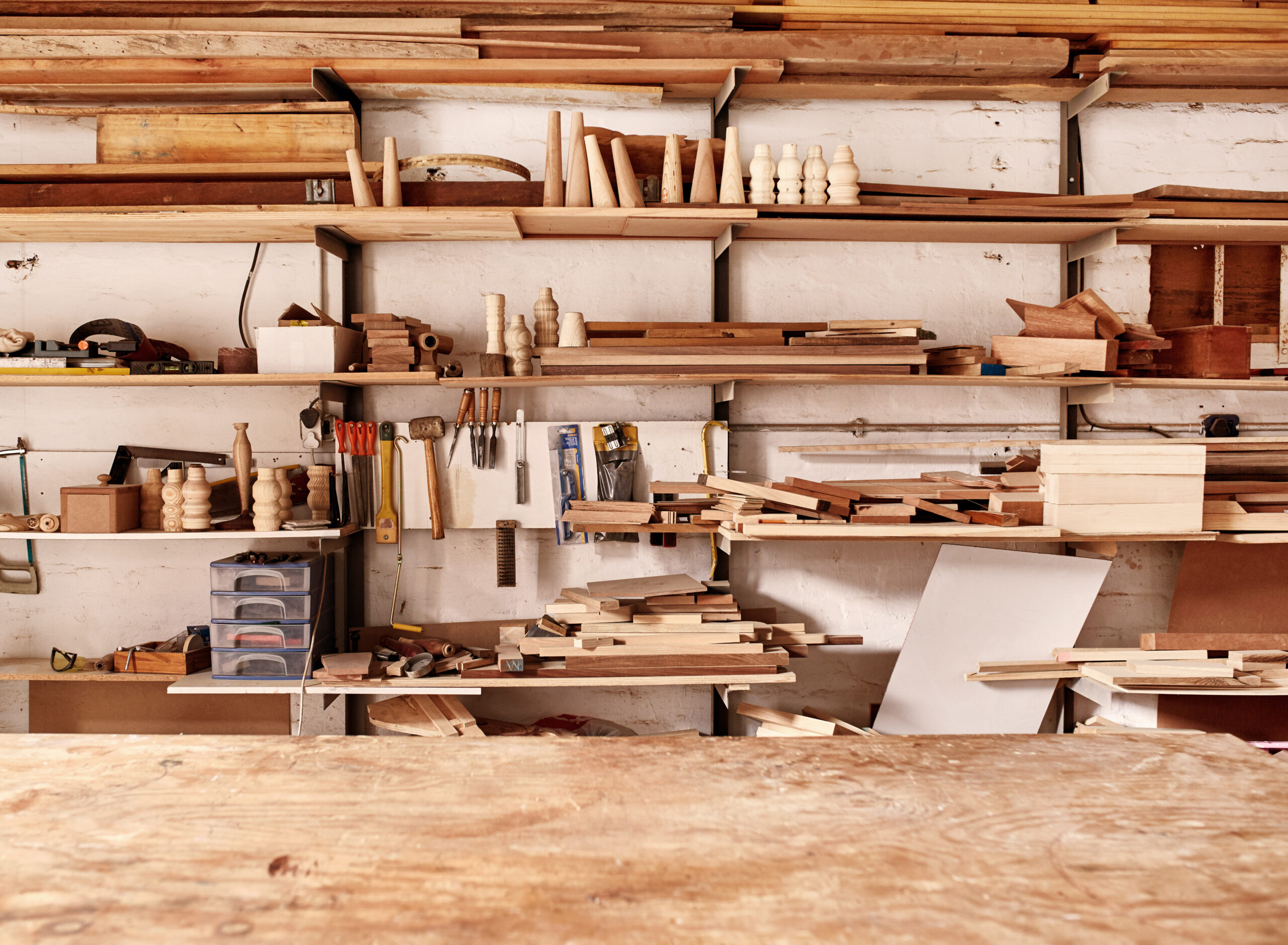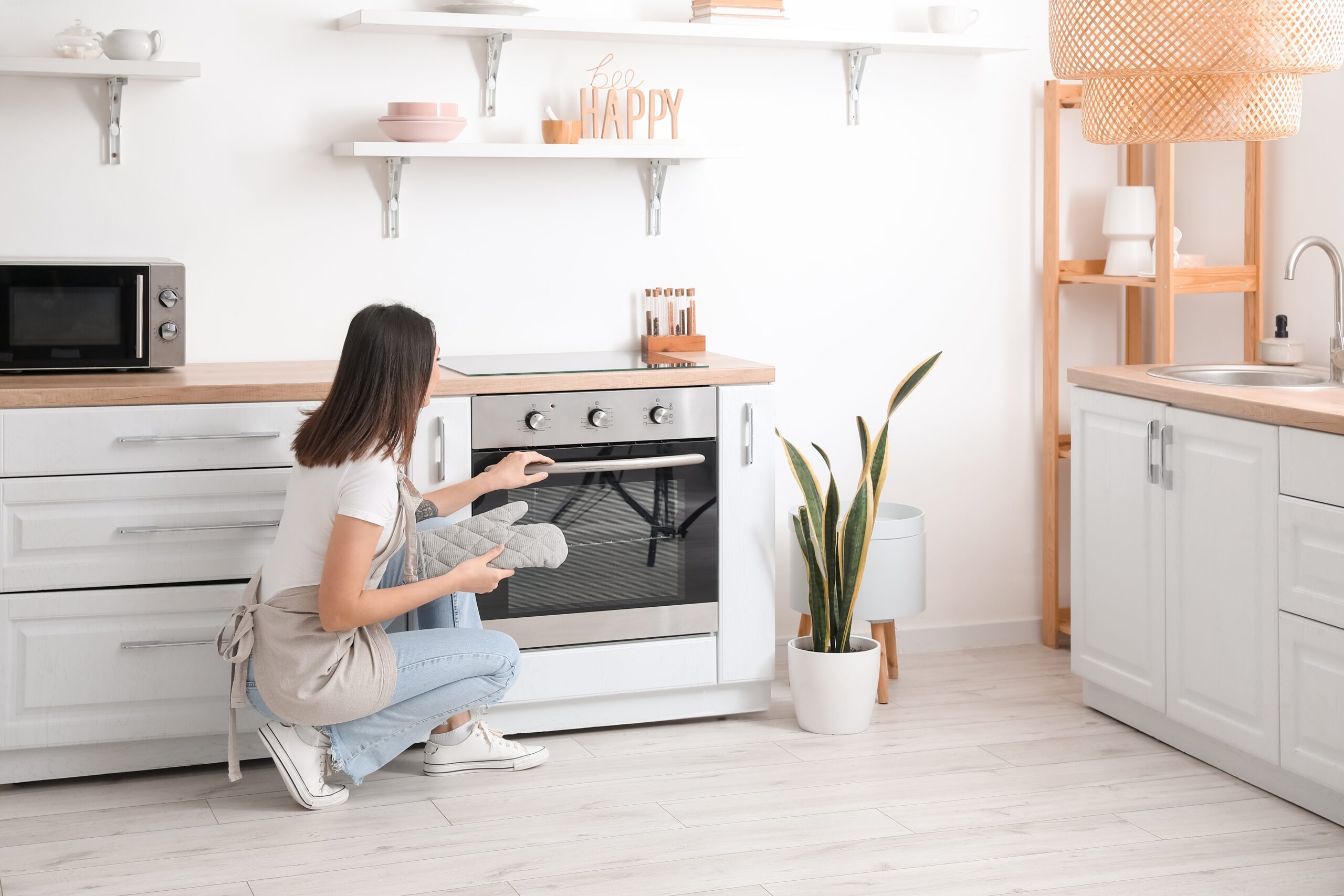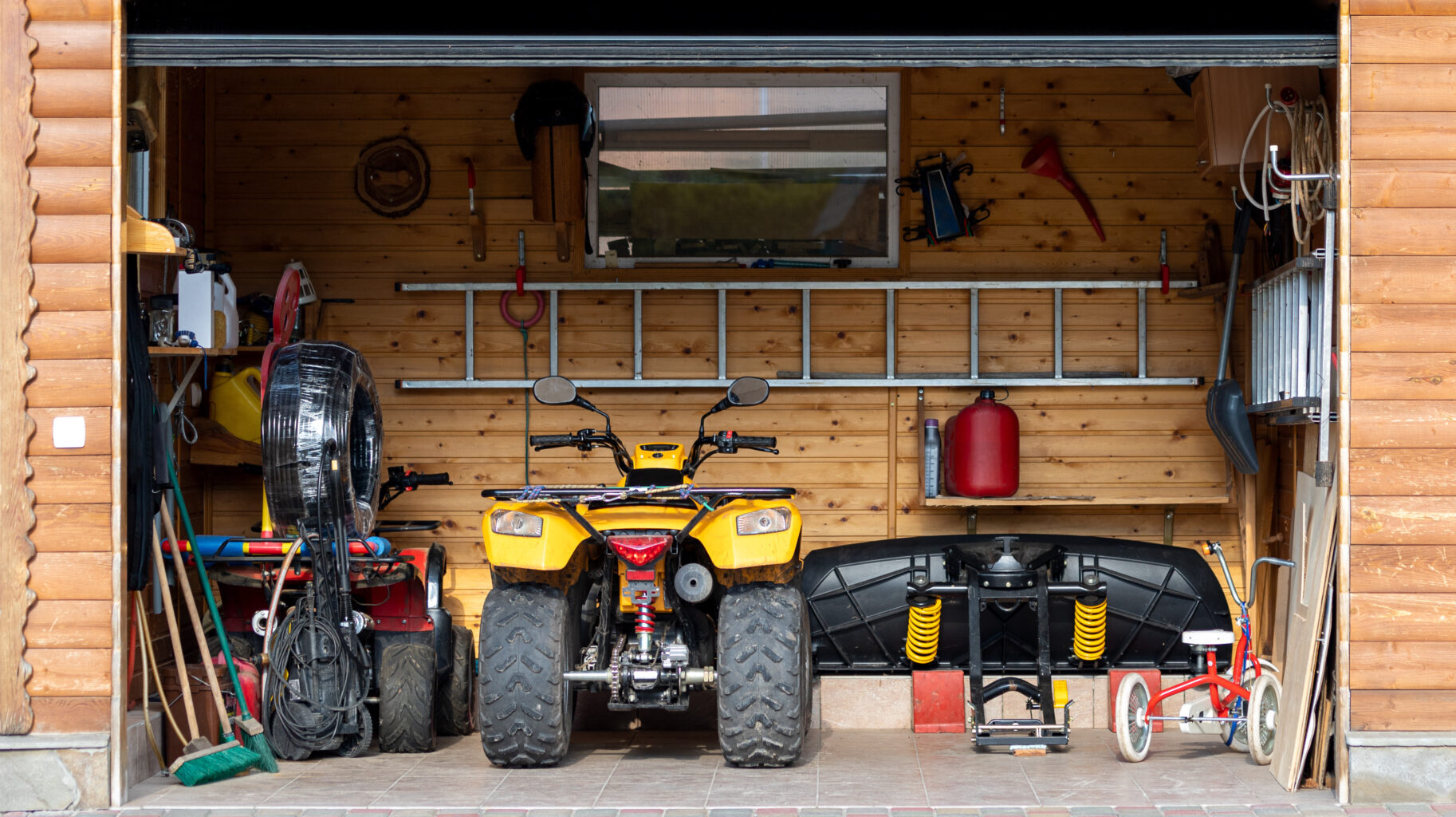Winter is here, and while your outdoor furniture has been your summer sidekick, it’s time to give it a break until warmer days return — you’re less likely to be outside until then anyway.
By properly storing patio furniture during the colder months, you’re making sure it will last long enough to make memories next year, and the year after that. A little prep now can save your furniture from turning into a rusty, cracked or moldy disaster by the time spring rolls around.
We’ll break down exactly how to get your furniture winter-ready, so you can kick back with peace of mind, knowing your backyard oasis is safe from the elements.
Cleaning and Protecting Different Types of Furniture
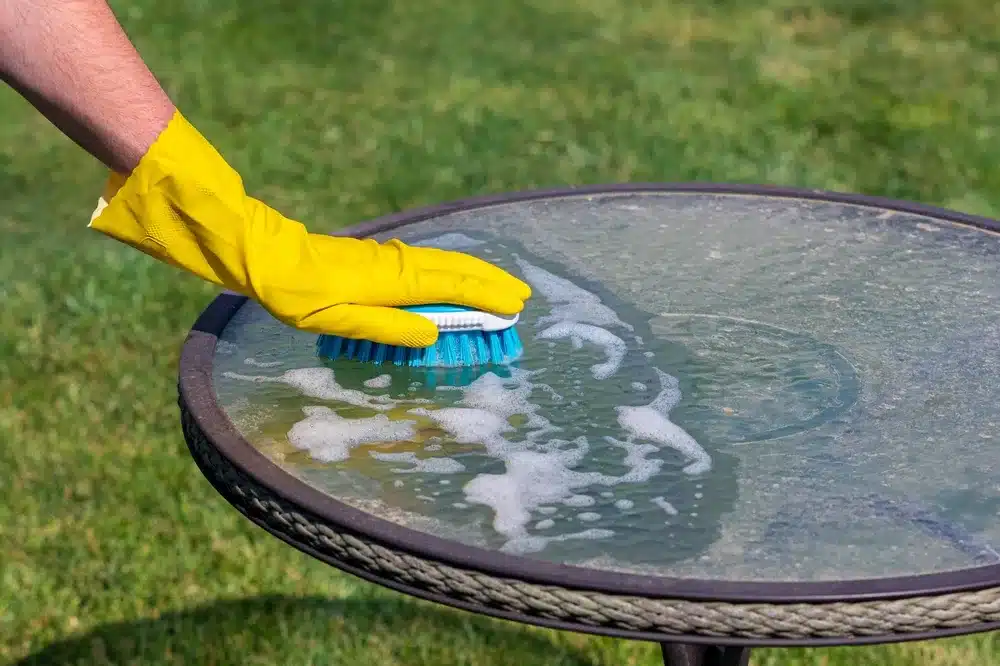
Before getting into how to store outdoor furniture for winter, you’ll want to give it a good cleaning. Dirt and grime, if left to their own devices, can develop mold and cause serious damage. So, here’s the plan:
- First, remove any leaves, twigs or other debris by brushing them away. Use a soft brush or cloth to do this so that you won’t scratch the surface of your furniture.
- Avoid power washers at all costs. Speed and ease may be what they promise, but on the majority of materials, this pressure is far too extreme.
- Wash furniture according to the material. Not all outdoor furniture is created alike, and exactly how you should clean it depends on what your furniture is made of (see the table below).
- One of the biggest enemies you will have, as far as storage goes, is moisture. To prevent mold and mildew, it’s very important that your furniture pieces be as dry as possible after cleaning.
- Once dry, protect the outdoor furniture depending on what it’s made of — some materials may need you to apply a sealant or oil.
Here is a quick cheat sheet for washing outdoor furniture according to the material:
| Material | Clean with | Additional instructions |
|---|---|---|
| Wood (non-teak) | Warm water mixed with a few drops of oil-based soap. | Gently scrub along the grain with a soft brush or rag. |
| Teak | A mix of vinegar and warm water. | For tough stains, you may need a solution of bleach and detergent. |
| Plastic | A little laundry detergent mixed with warm water. | Scrub, rinse and let dry. |
| Metal | Detergent and water. | Clean off any bird droppings, as these can cause corrosion. |
| Wicker | Mild oil-based soap and a soft cloth, if it’s natural wicker. | Synthetic wicker is more durable and easier to clean — just hose it down. |
And now, it’s time to protect it. Since outdoor furniture doesn’t all require the same intensity of care and protection, and decisions depend almost entirely upon the type of material, here is a detailed breakdown of how to get maximum protection for your furniture pieces, one material at a time:
Wood furniture
Wood furniture may crack or warp if it is not properly protected from moisture and freezing temperatures.
- Apply a wood sealant or oil, such as tung or linseed oil, to prevent water from seeping into the wood.
- Let the wood dry out completely before any treatment so that you do not trap moisture.
- Keep wooden furniture covered, indoors and in climate-controlled areas.
Note: Teak is a bit more resistant to the weather than most other woods due to its oil content, but it may still develop mold or mildew.
Metal furniture
Metal furniture, especially wrought iron, is prone to rust if exposed to moisture for long periods. Aluminum furniture fares a little better, but still requires protection.
- If you happen to find any rust spots on metal furniture, scrape them off and apply primer and rust-resistant paint.
- Car wax provides further protection against moisture for aluminum pieces.
- Use furniture covers, or better yet, place metal furniture in a dry garage or shed.
Plastic furniture
Plastic is usually resilient, but after repeated exposure to cold it tends to become brittle and crack.
- Dry plastic furniture thoroughly after cleaning, as the expansion of freezing moisture inside the material can cause cracks.
- Store plastic furniture indoors when the temperature outside is below freezing. This is because after some time, these low temperatures will weaken plastic.
Wicker furniture
Natural wicker can easily become brittle and crack, while synthetic-resin wicker is more resistant. They both benefit from care during winter storage.
- Store wicker furniture off the ground using blocks or a raised surface to prevent moisture from creeping up into the legs.
- For natural wicker, use a furniture cover and, if possible, store the pieces indoors to avoid moisture damage.
- Synthetic wicker can withstand the outdoors better, but it’s still a good idea to use a cover to protect it from snow and moisture buildup.
Choosing the Right Storage Solution
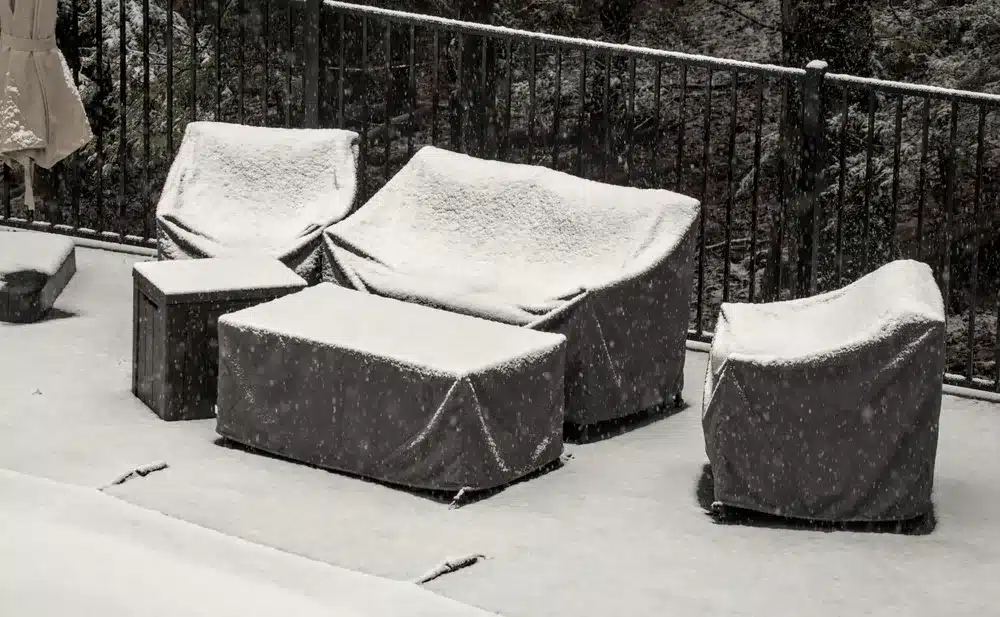
Once your furniture is clean, dry and protected, the next big question is: where and how to store outdoor furniture for winter to keep it safe from the elements? The right storage solution depends on how much space you have and how well you want and need to protect your furniture from the winter elements.
Furniture covers
If it’s just not possible to bring your furniture indoors, then a good, weather-resistant cover will be the first line of defense during outdoor patio storage.
Here’s what to look for in a good cover:
- Durable, waterproof fabric that resists fading.
- Sloped angles to help snow and water slide off.
- Buckles and straps to keep the covers snug and prevent them from blowing away.
- Vents, to allow airflow, which prevents mold and mildew.
Pro tip: Don’t let snow and ice build up on your furniture covers. Brush them off regularly to prevent moisture from sneaking in. Keep an extra snow brush near the closest door.
Storing in a garage or shed
If you have room, indoor storage is always a better option, as it provides better protection against freezing temperatures and extreme weather conditions.
- Stack furniture to save space but avoid loading a heavy item onto a more fragile one, like wicker.
- Even indoors, moisture can be a factor. Lightweight covers in a garage or shed will protect your furniture from a potential leaky water situation and, of course, dust.
- Keep plastic furniture inside if you live in a region with frequent freezing weather. Cold temperatures can make plastic brittle enough to crack.
- Don’t store patio furniture in damp areas like basements, as this, once again, can lead to mold and mildew.
Renting a storage unit
If you are running out of indoor space or if you really want to protect your higher-end furniture, give it that extra bit of care by renting a storage unit. You get total protection against the elements, plus more space for storing other outdoor items, such as grills, space heaters, or lawn equipment.
Pro tip: Climate-controlled units are just right for keeping wood, wicker and metal furniture in tip-top condition.
Storing Cushions and Accessories
Although manufacturers design outdoor furniture cushions to resist some weather elements, you may find that mold and mildew develop after long exposure to moisture.
Outdoor cushions
Although they are manufactured to resist some weather elements, outdoor furniture cushions can develop mold and mildew after long exposure to moisture. Here’s how to keep them fresh over winter:
- Clean your cushion covers using a mild detergent and warm water; let everything dry completely.
- Store cushions in a dry area indoors, stacking them loosely to allow air circulation.
- Store them off the ground to prevent pests from finding a cozy home during colder months.
Pro tip: If space is tight, vacuum seal your cushions to save room and keep them protected from moisture.
Umbrellas
They may appear indestructible, but umbrellas will attract mold or rust if left to sit in dampness. Store them indoors, in a nice dry spot.
- Wipe dirt and grime off, then wash with a mild soap.
- Allow the umbrella to air-dry open, preventing mold from setting in.
- Once fully dry, close the umbrella and tie it with its straps.
Pro tip: Store in an umbrella cover or breathable storage bag.
Other outdoor furniture accessories
Outdoor rugs, throw pillows and other accessories are easily forgotten, but they need to be cleaned and dried too. If you have to stack items like rugs or pillows, place them in a dry and well-ventilated area. Do not pile too much weight on delicate items, as this can flatten or damage them.
Pro tip: Place rugs or pillows in cloth storage bags; plastic can trap moisture and, well, as you know, that leads to mold.
Long-Term Maintenance for Outdoor Furniture
How can you be certain your outdoor furniture comes out of winter storage looking as good as it did when you put it away? Here are a couple of extra pointers from our storage experts.
Use sealants to protect against moisture
The primary cause of destruction during winter storage is moisture. Applying a good sealant on furniture prevents water seepage, which is especially important for your wood or metal furniture pieces.
And, if you live in a region where freezing temperatures are common, don’t skip this step; water could freeze inside the cracks and further cause damage.
Check for mildew growth
The first step in preventing mold and mildew growth is making sure your storage location and method offer good ventilation. But, even with the best preparation, it is always worth checking up on your stored furniture in case mildew somehow manages to creep into a spot where moisture was trapped.
If you do find mildew is starting to set in, make sure to wipe clean with a mild detergent solution right away. If mildew seems persistent, consider using moisture-absorbents like silica gel packs throughout the storage area or moving your items to a dryer area like a climate controlled storage unit.
Now You Know How to Store Outdoor Furniture for Winter
After washing, brushing and properly sealing your outdoor furniture, you can safely tuck it away for the winter. Just like indoor furniture, the best way to care for it is in a well-ventilated spot where you can keep the temperature and humidity levels just right.
Whether you choose a storage facility close to home or something more affordable off the beaten track, Storage.com has a safe and appropriately sized unit to your liking. Browse our storage selection today and choose what’s best for you and your outdoor furniture until next season.
